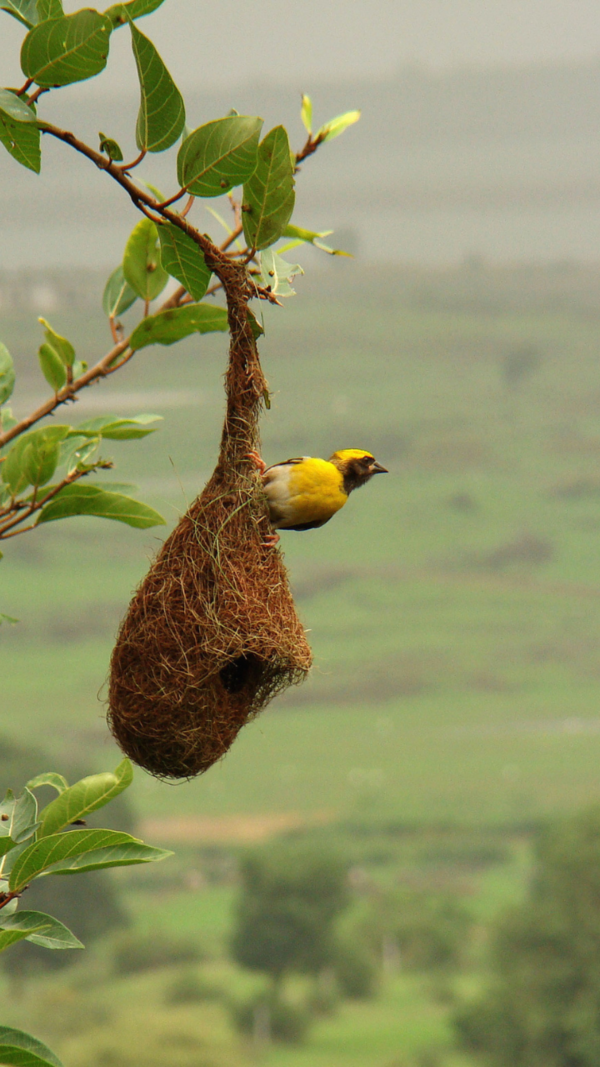- News
- lifestyle
- health-fitness
- health-news
- 5 breathing techniques that we need to control blood pressure spikes
5 breathing techniques that we need to control blood pressure spikes

How to control blood pressure with breathing techniques
High blood pressure (hypertension) can silently creep up on us, often triggered by stress, unhealthy habits, or underlying health conditions. In India, almost 220 million people are dealing with hypertension, of which only 12% have their blood pressure under control. While medication and lifestyle changes have an important role in managing it, breathing exercises can be a powerful way to bring immediate relief from sudden blood pressure spikes. Controlled breathing helps relax the nervous system, improve oxygen flow, and reduce stress hormones—all of which contribute to stable blood pressure levels. Here are 5 breathing techniques that can help you take control of your blood pressure naturally.

Diaphragmatic breathing (belly breathing)
This technique involves deep breathing using the diaphragm rather than shallow chest breathing. It promotes relaxation and lowers blood pressure by enhancing oxygen supply and reducing heart rate.
How to do it:
Sit or lie down in a comfortable position.
Place one hand on your chest and the other on your stomach.
Inhale deeply through your nose, allowing your stomach to rise while keeping your chest still.
Exhale slowly through your mouth.
Repeat for 5-10 minutes.
Why it works:
Belly breathing activates the parasympathetic nervous system, which helps lower stress hormones like cortisol that contribute to blood pressure spikes.

Box breathing (four-square breathing)
This technique is widely used by athletes and military personnel to stay calm under pressure. It helps regulate blood pressure by reducing anxiety and improving oxygen circulation.
How to do it:
Inhale deeply through your nose for 4 seconds.
Hold your breath for 4 seconds.
Exhale slowly through your mouth for 4 seconds.
Hold your breath again for 4 seconds.
Repeat for 5 minutes.
Why it works:
Box breathing stabilizes the heart rate and helps control the body’s response to stress, which is a major trigger for sudden blood pressure fluctuations.

Alternate nostril breathing(Nadi Shodhana)
A popular breathing technique in yoga, alternate nostril breathing helps balance oxygen intake and calms the mind, leading to better blood pressure control.
How to do it:
Sit comfortably and place your right thumb on your right nostril, closing it.
Inhale deeply through your left nostril.
Close your left nostril with your ring finger and release your right nostril.
Exhale slowly through your right nostril.
Inhale through the right nostril, then switch and exhale through the left nostril.
Repeat for 5-10 minutes.
Why it works:
This technique promotes better oxygen flow to the brain, reduces stress hormones, and improves heart rate variability, which helps stabilize blood pressure.

Pursed-lip breathing
Pursed-lip breathing is often recommended for people with respiratory issues, but it also plays a role in blood pressure management by enhancing oxygen exchange and reducing shortness of breath.
How to do it:
Inhale slowly through your nose for 2 seconds.
Purse your lips as if you are about to whistle.
Exhale slowly through your pursed lips for 4 seconds.
Repeat for 5-10 minutes.
Why it works:
This technique slows down the breathing rate, reduces strain on the heart, and enhances relaxation, preventing sudden blood pressure spikes.

Resonant breathing (coherent breathing)
Resonant breathing, also known as coherent breathing, involves slow and steady breaths at a specific pace to synchronize heart rate and blood pressure.
How todo it:
Inhale through your nose for 5 seconds.
Exhale gently for 5 seconds.
Maintain this rhythm for 5-10 minutes.
Why it works:
Breathing at this steady pace improves blood circulation, enhances heart rate variability, and activates the relaxation response, which helps lower blood pressure naturally.








